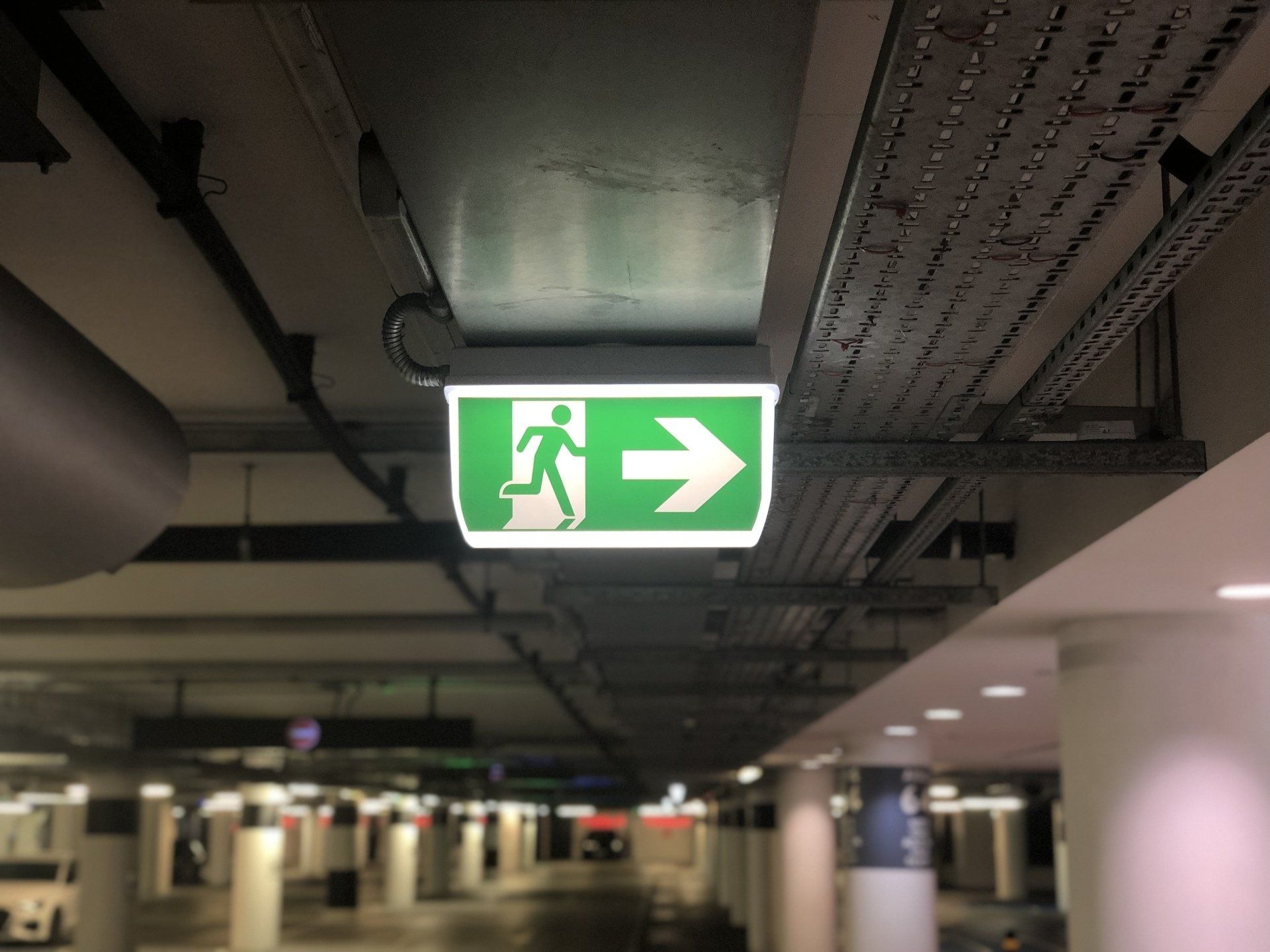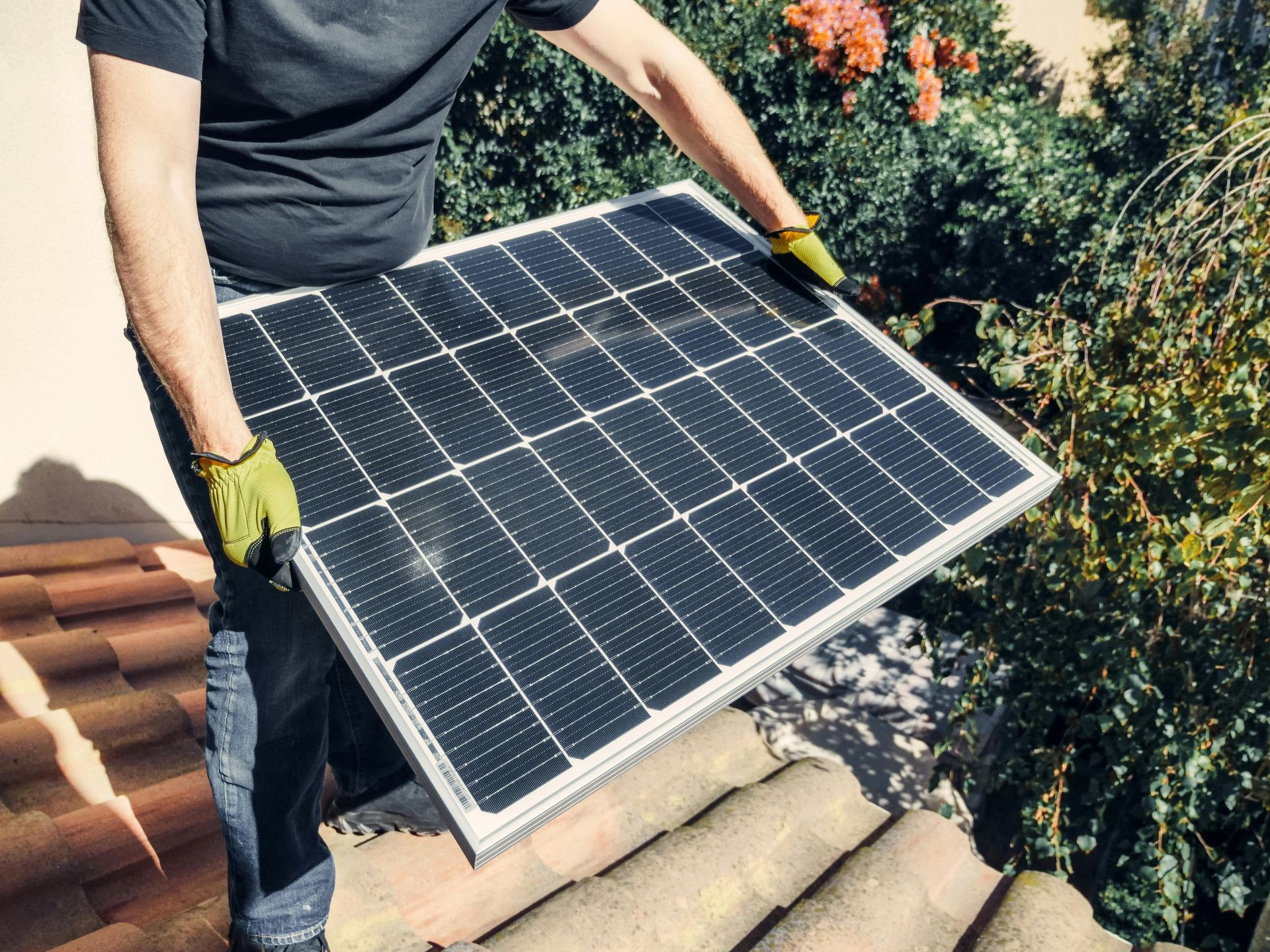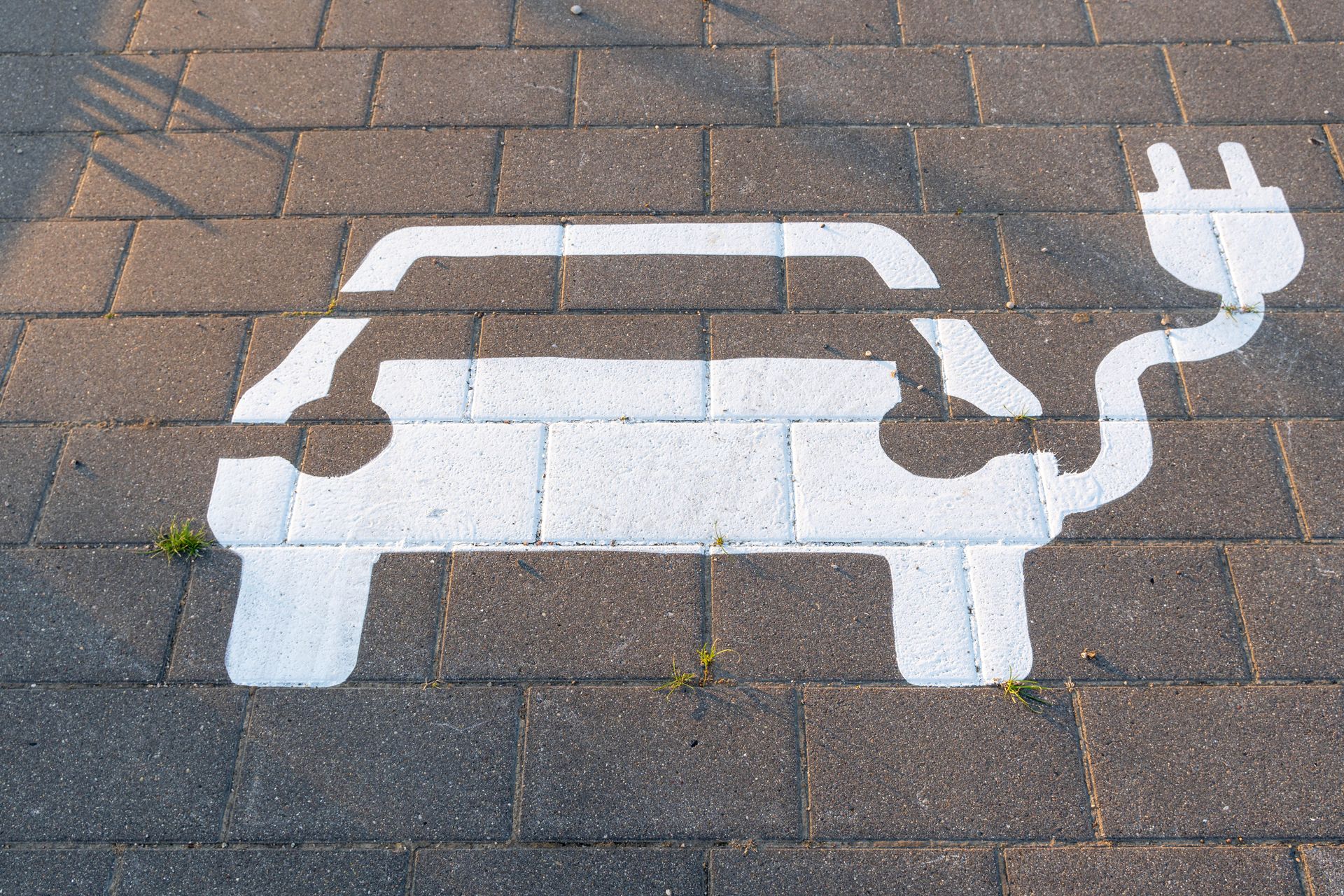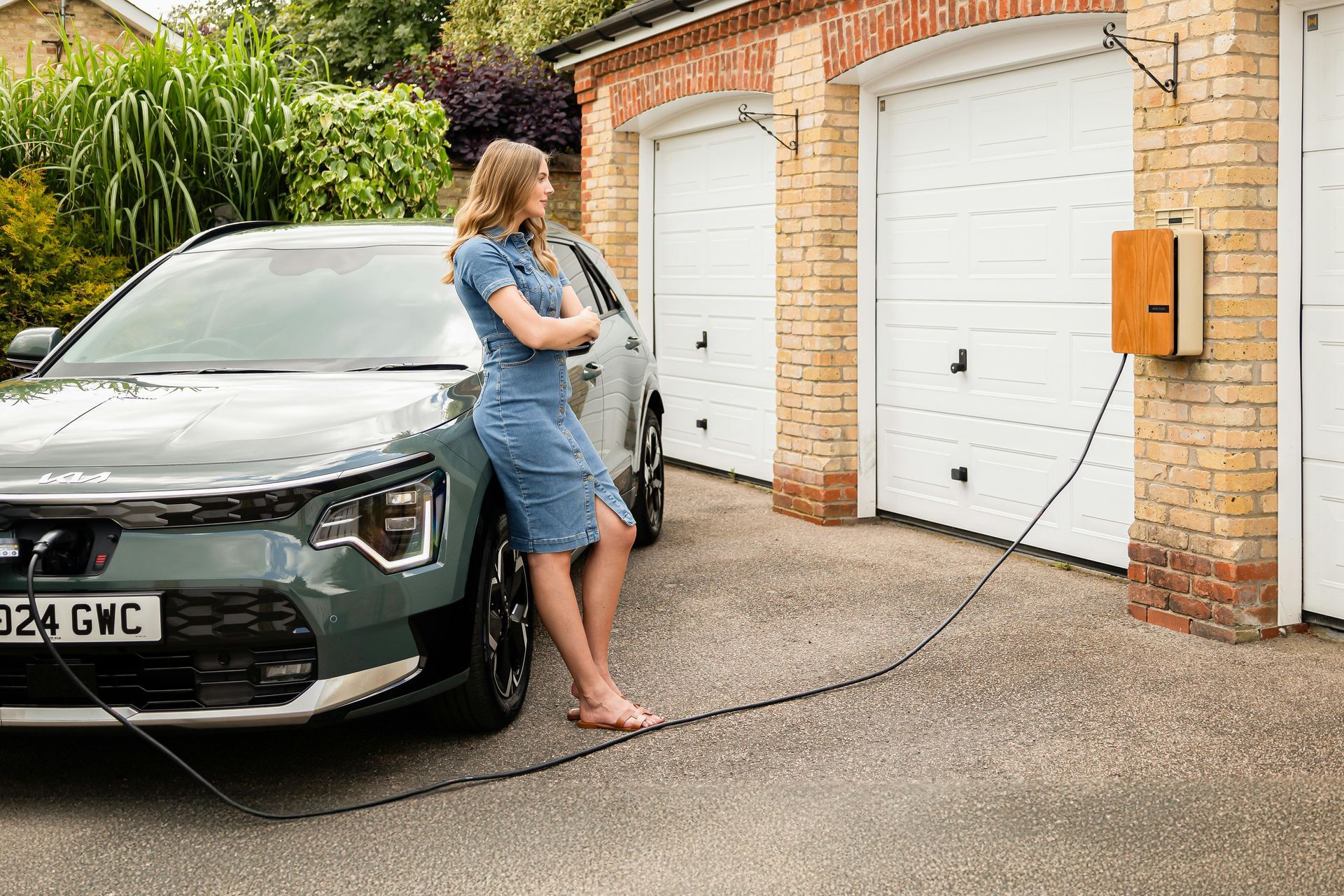Developer’s Guide - Integrating EV Charging Early to Avoid Costly Retrofits
Why EV infrastructure should be part of your development plan from day one.

Building for the future starts with the right wiring
Across London and the South East, property developers are rethinking what “ready for occupancy” really means. As electric vehicles move from niche to normal, residents and businesses now expect charging to be built in - not bolted on.
But too often, EV infrastructure is treated as an afterthought. Retrofitting later can cost two to three times more than integrating from the start. This guide outlines what every developer should know about EV readiness, compliance, and how early planning saves time, money, and reputation.
1. Understand the regulations
Since 2022, new-build residential and commercial developments in England must include electric vehicle chargepoint infrastructure. That means dedicated circuits, cabling, and capacity for future charger installation - even if not all bays have units fitted on day one.
Ignoring this isn’t just short-sighted — it risks non-compliance with Building Regulations Part S (Infrastructure for Charging Electric Vehicles). Planning for EV readiness isn’t optional anymore; it’s a baseline requirement.
2. Plan for scalability, not just compliance
Minimum standards are a start, but smart developers go beyond them. A typical strategy includes:
- Installing make-ready cabling for 100% of bays, even if chargers are installed in phases.
- Using load-management systems to distribute power efficiently across chargers.
- Choosing open-protocol hardware that can work with multiple software providers.
This flexibility ensures your development stays future-proof - and prevents you from being locked into one supplier or platform.
3. Know the cost difference
Retrofitting EV chargers later often involves digging, re-routing cables, upgrading switchgear, and re-issuing safety certificates - all of which add up. By contrast, pre-installing containment, ducting, and power feeds during the construction phase can reduce total cost by up to 70%.
In simple terms: one day of planning now can save weeks of rework later.
4. Consider your residents and tenants
For developers, EV readiness isn’t just compliance - it’s a selling point. Buyers and tenants increasingly look for buildings that align with sustainable lifestyles and long-term cost savings.
Offering pre-installed EV chargers or the infrastructure to easily add them enhances property value, supports sustainability targets, and differentiates your development in a competitive market.
5. Partner early with your electrical contractor
Nu Electrics works with developers across London from early design through to completion, ensuring your site is built EV-ready from the ground up.
Our team provides:
- Load assessments and DNO coordination
- EV infrastructure layout design
- Smart charger specification and installation
- Compliance with OZEV and Building Regs Part S
- Ongoing maintenance and support
Working together early ensures your plans align with real-world site capabilities, reducing delays and avoiding costly redesigns later.
Thinking ahead pays off
The shift to electric isn’t coming - it’s already here. Every new development without EV infrastructure today risks becoming obsolete tomorrow.
Nu Electrics helps developers integrate EV solutions seamlessly - from design to delivery -building smarter, greener, and more future-proof spaces across London and the South East.
Get in touch by filling in the form below.
WE'RE HERE TO LISTEN
Get in touch to discuss your project and we'll give honest advice backed up by a over decade of experience in the commercial and residential electrics industry.










